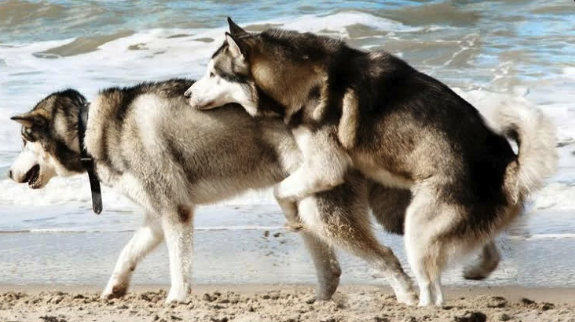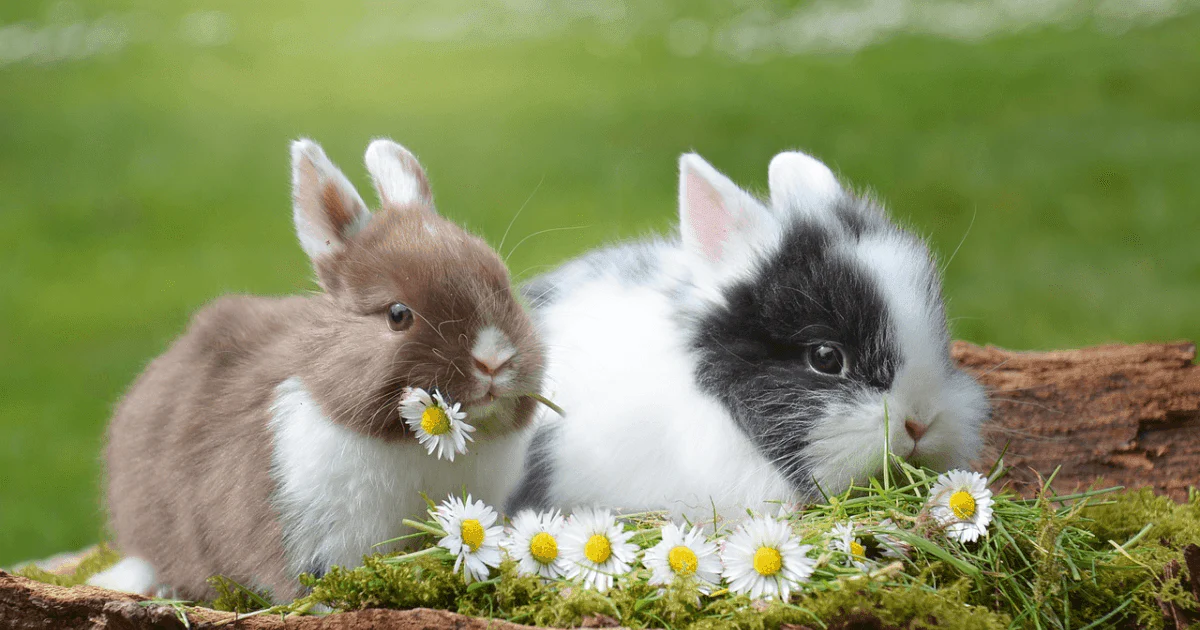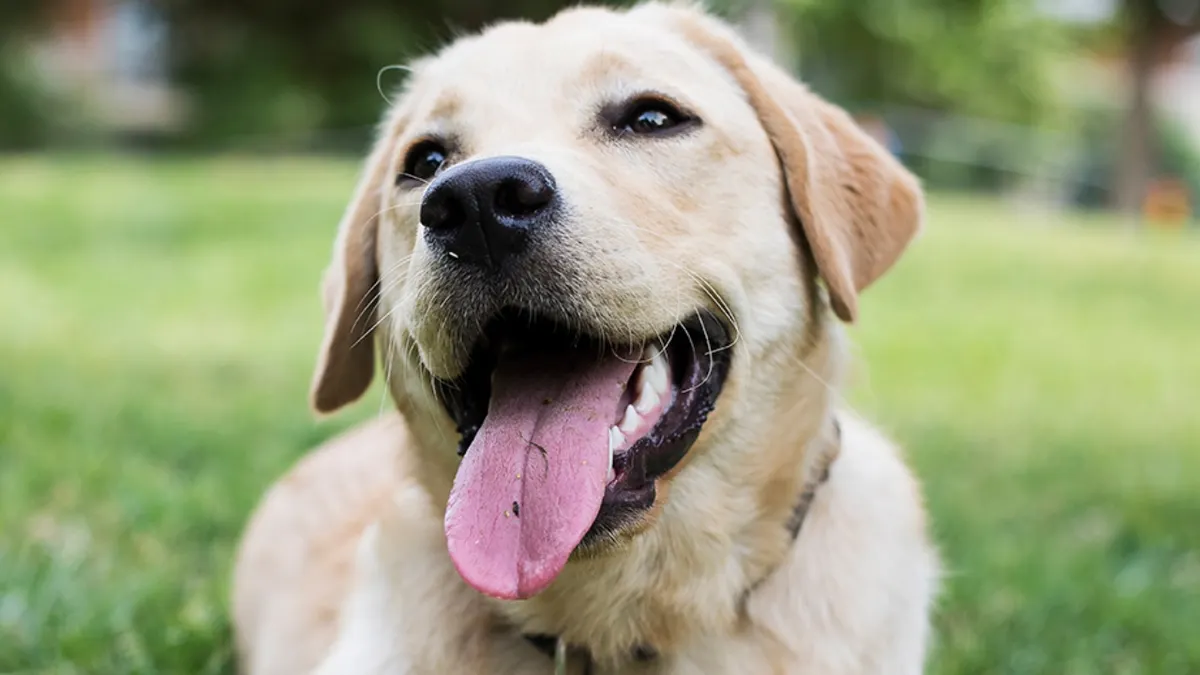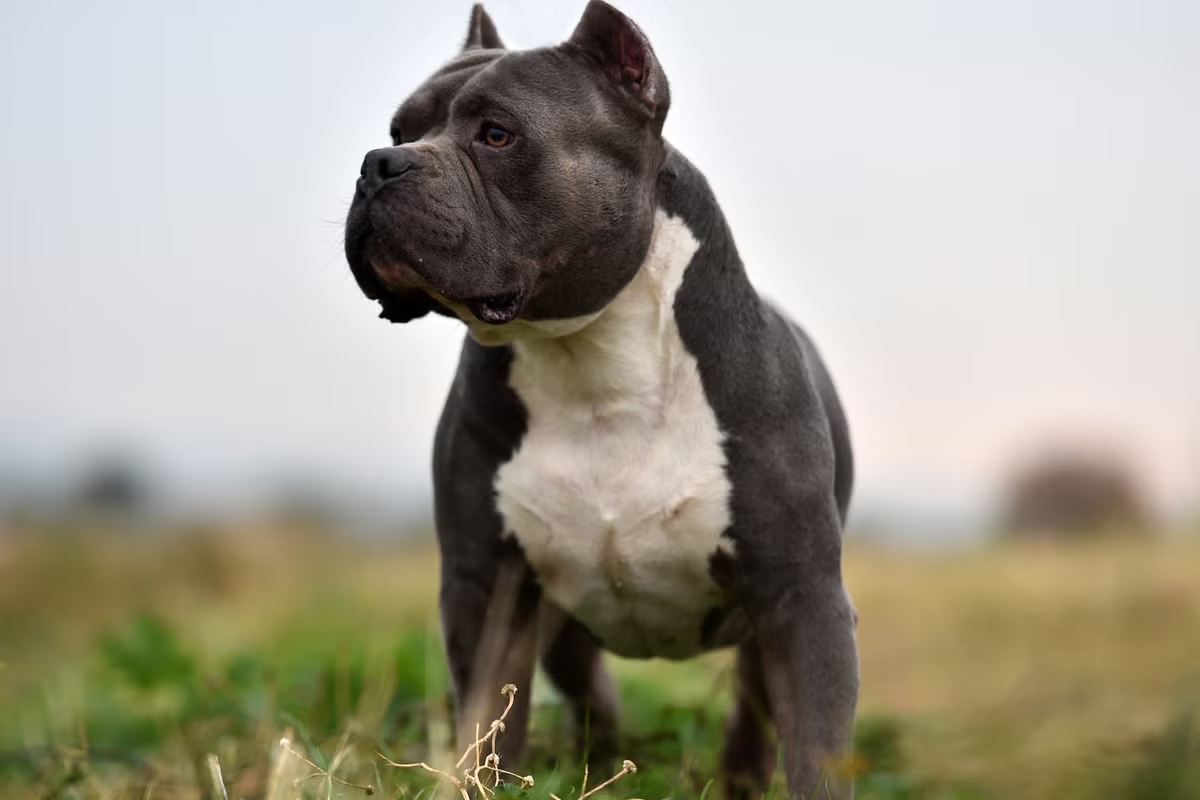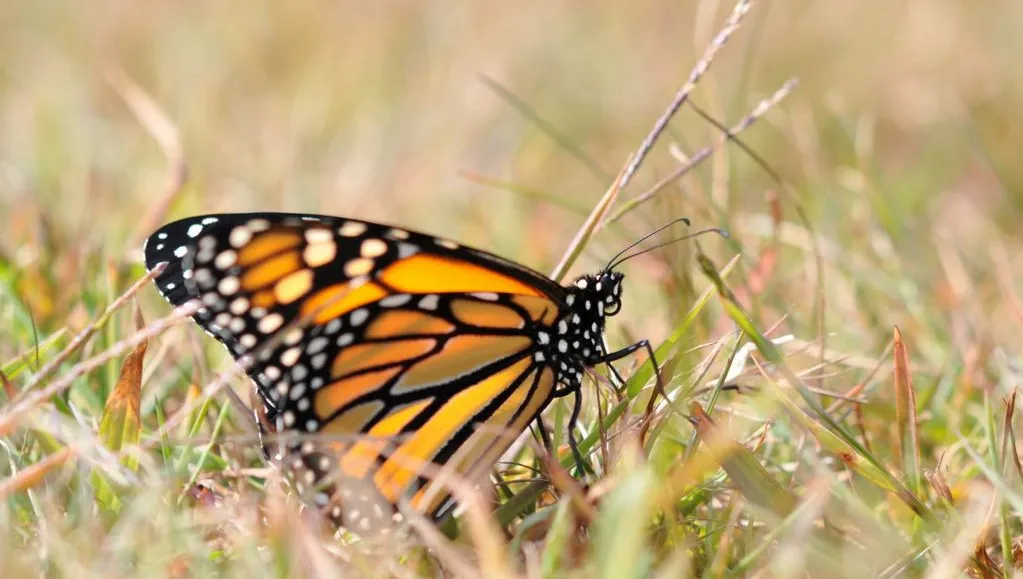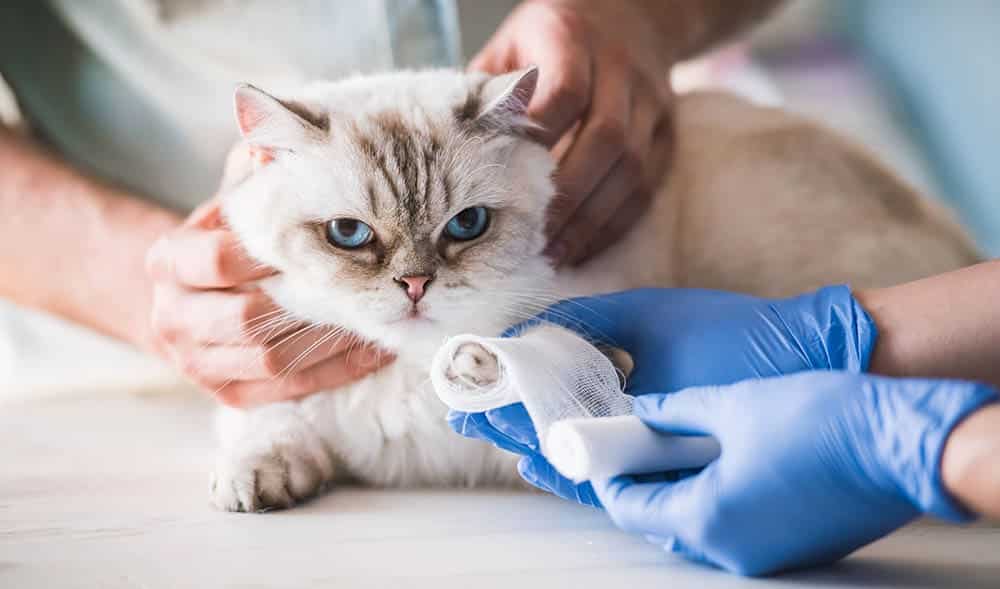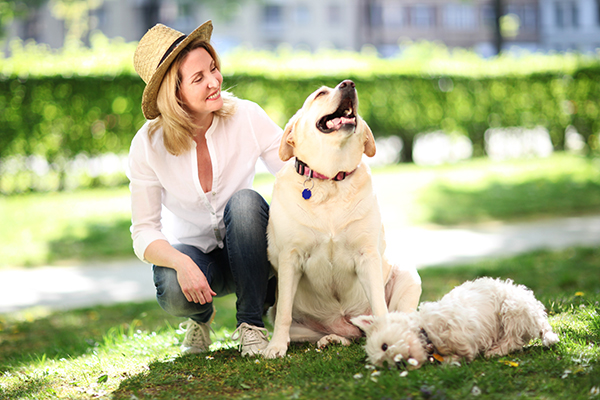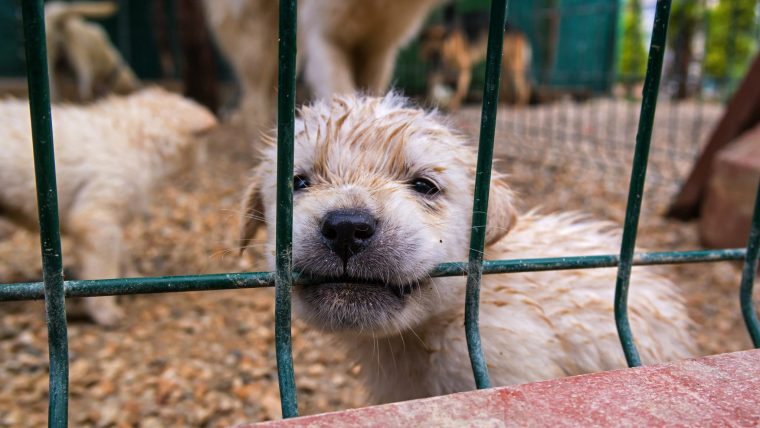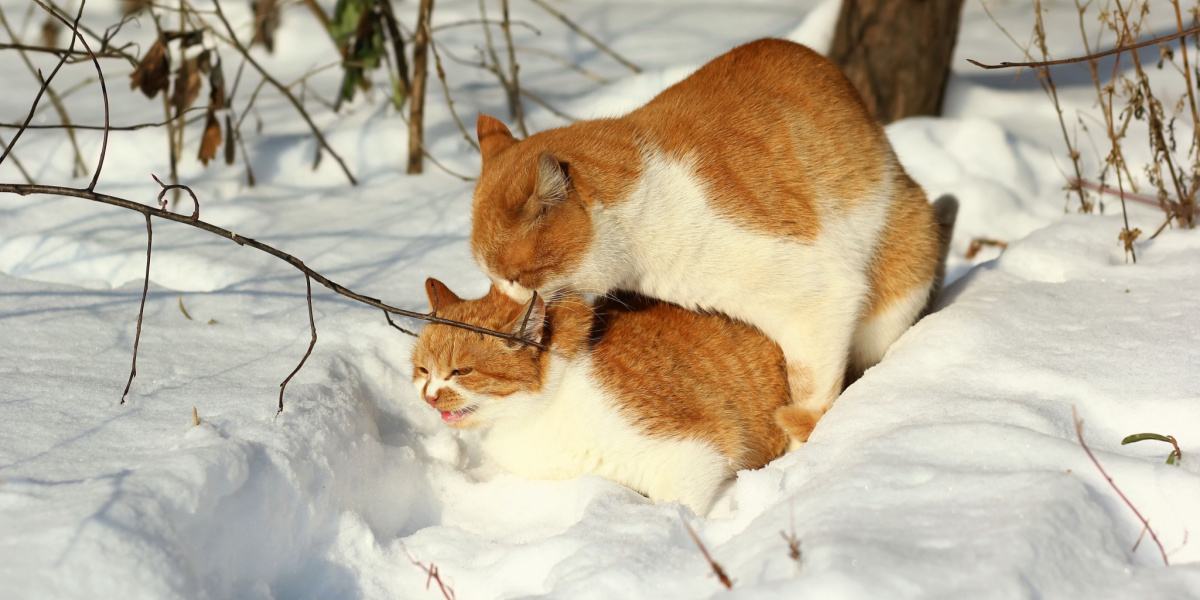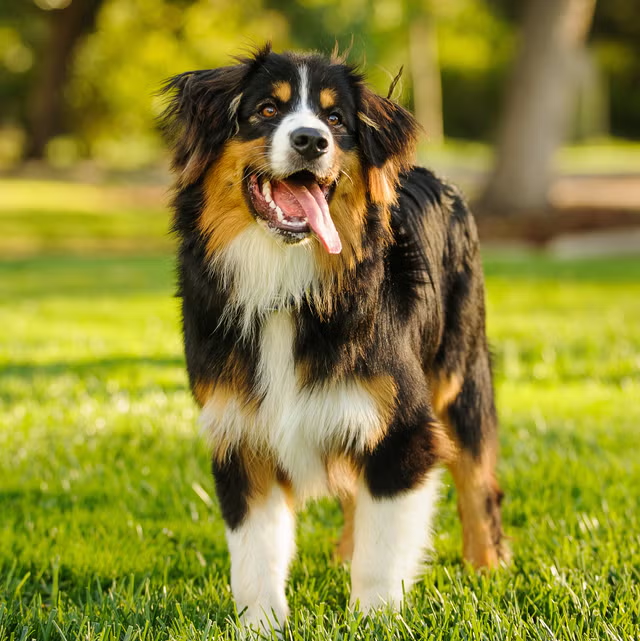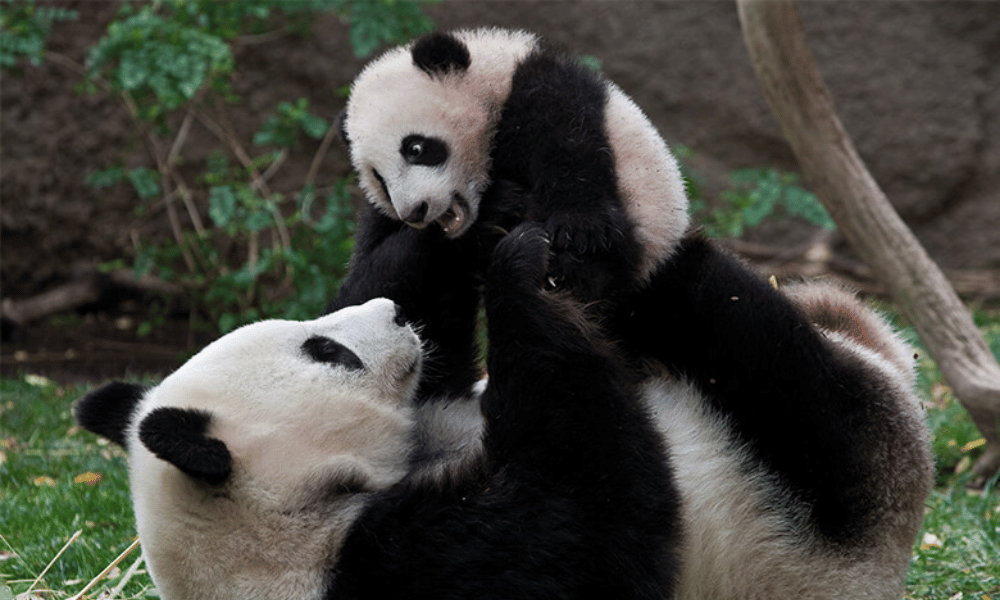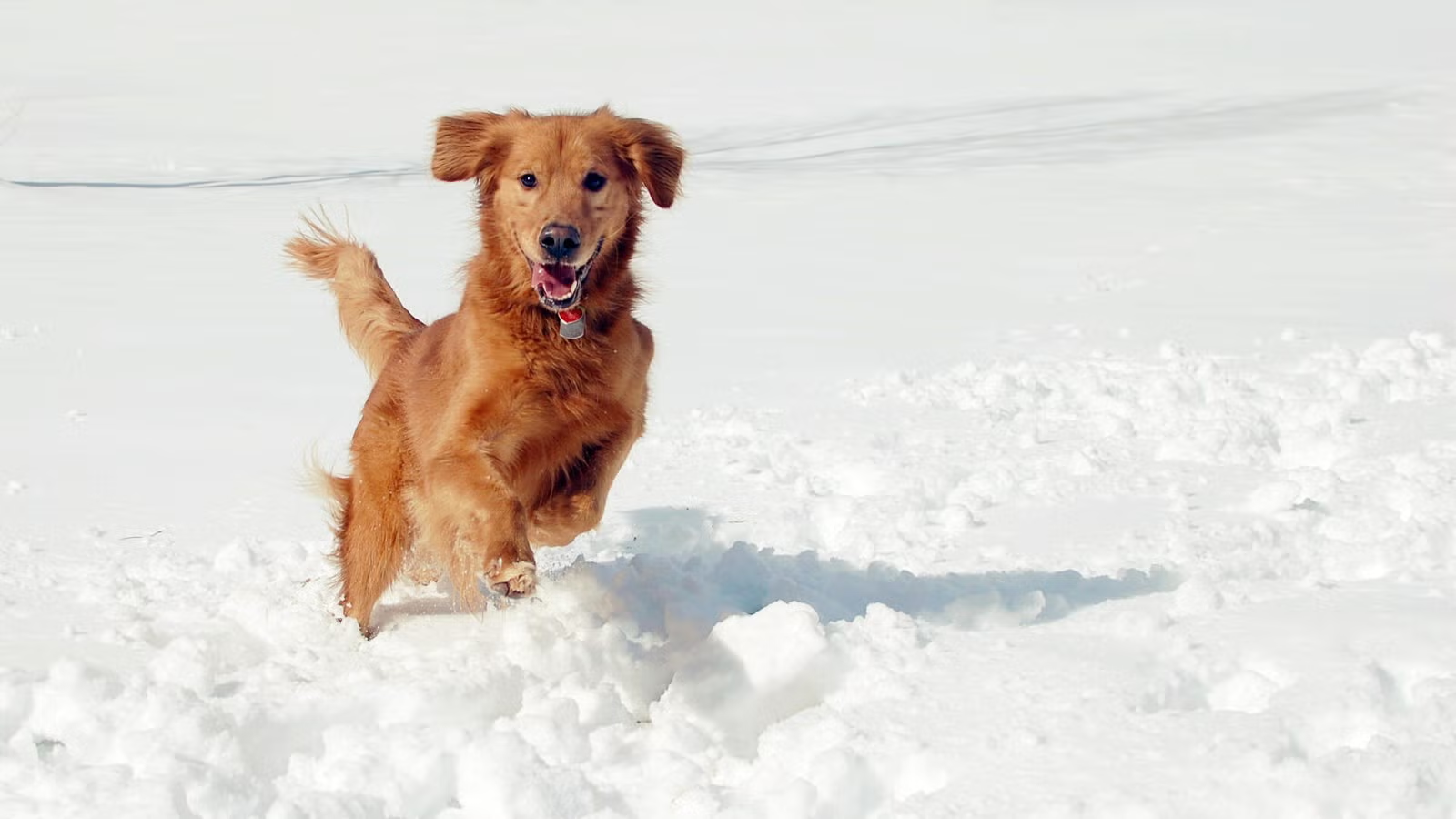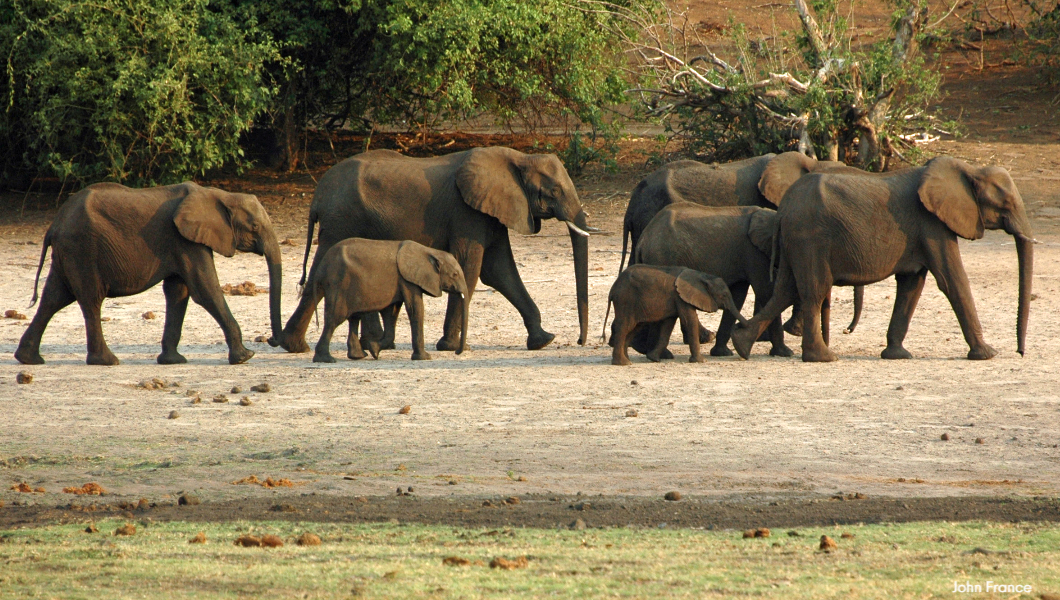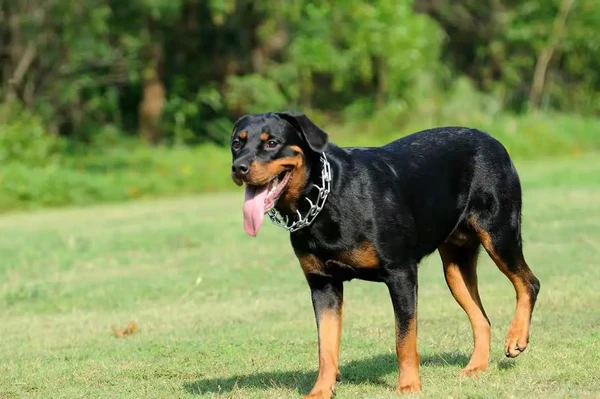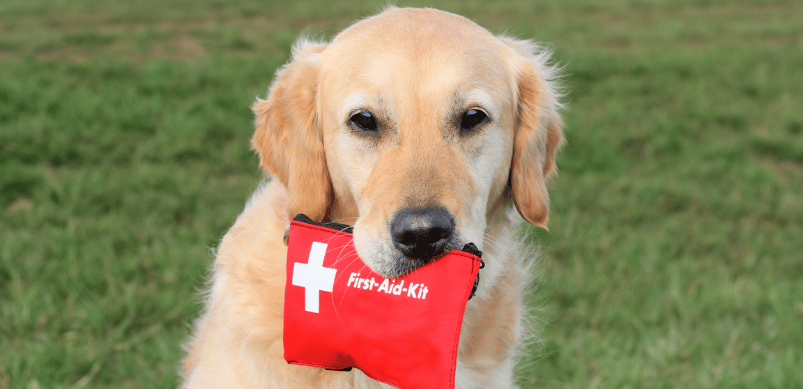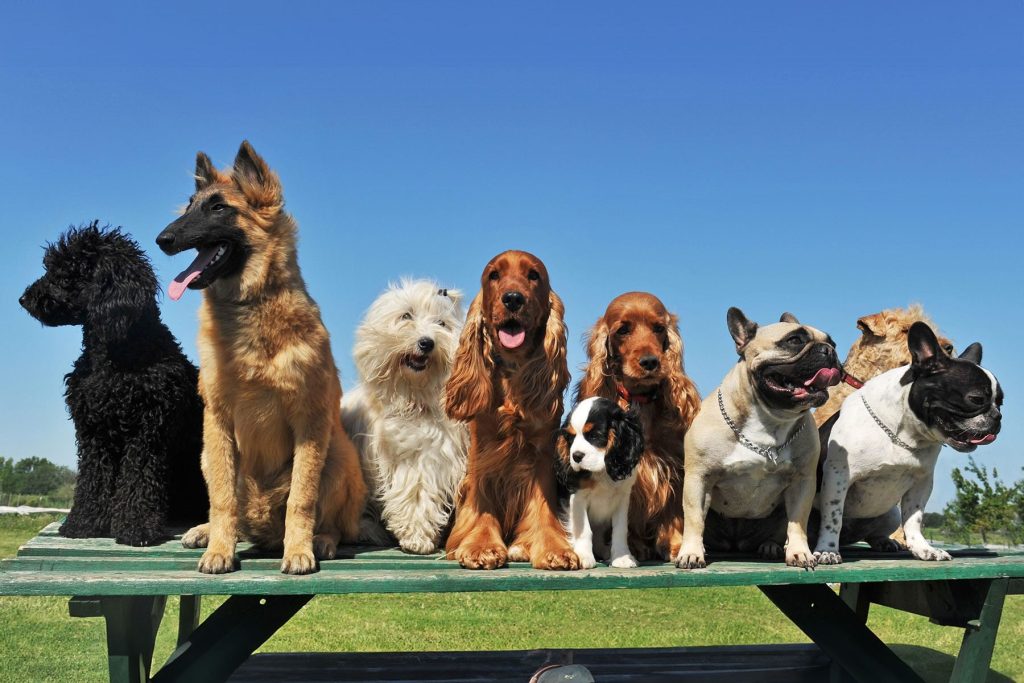Introduction to Canine Reproduction
Dogs have been our loyal companions for centuries, and their reproductive behaviors are as fascinating as they are complex. Understanding dog mating and sexual behavior is essential for pet owners, breeders, and anyone curious about canine biology. This guide dives deep into the science, behaviors, and practical considerations of dog reproduction, offering insights that blend expertise with relatability. Whether you’re a breeder aiming for healthy litters or a pet parent wondering why your dog is acting a certain way, this article will equip you with the knowledge you need.
The Science Behind Dog Mating
The Canine Reproductive Cycle
Dog mating is driven by a delicate interplay of hormones, physiology, and behavior. Female dogs, or bitches, go through a reproductive cycle called the estrous cycle, which includes four stages: proestrus, estrus, diestrus, and anestrus. Each stage brings distinct physical and behavioral changes that signal a dog’s readiness to mate. Male dogs, on the other hand, are fertile year-round once they reach sexual maturity, typically between 6 and 12 months.
Hormonal Influences on Mating Behavior
Hormones like estrogen, progesterone, and testosterone orchestrate canine mating behaviors. In females, follicle-stimulating hormone (FSH) and luteinizing hormone (LH) trigger ovulation, while progesterone maintains pregnancy. For males, testosterone fuels behaviors like roaming and mounting. These hormonal shifts create a symphony of signals that guide dogs through the mating process, ensuring successful reproduction.
The Female Dog’s Estrous Cycle
Proestrus: The Prelude to Mating
Proestrus marks the start of the estrous cycle, lasting 7–10 days. Females experience vulvar swelling and bloody discharge, signaling the body’s preparation for mating. While males may show interest, females are typically not receptive yet, often displaying moody or clingy behavior.
Estrus: The Fertile Window
Estrus, often called “heat,” is when females are most fertile, lasting 5–14 days. The discharge may lighten to a straw color, and females become receptive, sometimes “flagging” their tails to invite mating. This is the optimal time for breeding, with an 80–90% success rate when timed correctly.
Diestrus: The Post-Mating Phase
Diestrus follows estrus and lasts 2–3 months, whether or not pregnancy occurs. The female’s body returns to a non-receptive state, and hormonal shifts reduce mating interest. This phase is critical for maintaining pregnancy or preparing the body for the next cycle.
Anestrus: The Resting Period
Anestrus is a period of reproductive inactivity, lasting about 3 months. No sexual behaviors occur, and the female’s body resets for the next cycle. This phase allows dogs to recover physically and hormonally before the cycle begins anew.
Male Dog Reproductive Behavior
Signs of Reproductive Readiness
Male dogs reach sexual maturity between 6 and 18 months, with behaviors like urine marking and mounting becoming prominent. When a female is in heat, males may become restless, vocalize more, or attempt to escape to pursue her. Their keen sense of smell detects pheromones, driving intense focus on mating.
The Role of Testosterone
Testosterone fuels male mating behaviors, from dominance displays to persistent courtship. Elevated levels can lead to aggression toward other males or excessive mounting, even on inanimate objects. Understanding these behaviors helps owners manage their dogs effectively during mating season.
Courtship and Mating Behaviors
Flirting and Courtship Rituals
Dogs engage in a variety of courtship behaviors before mating. Females may flag their tails, play-bow, or urinate frequently to spread pheromones. Males respond with sniffing, licking, and playful interactions, signaling their interest. These rituals are like a canine dance, ensuring both dogs are ready for mating.
The Mating Process
The mating process involves distinct stages, including:
- First Stage Coitus: The male mounts the female, initiating penetration (approximately 2 minutes).
- The Turn: The male adjusts position to avoid discomfort, often turning to face away from the female.
- Second Stage Coitus: The “copulatory tie” occurs, where the male’s bulbus glandis swells, locking the dogs together for 5–45 minutes.
This tie ensures sperm transfer, increasing the chances of conception. Never attempt to separate dogs during a tie, as it can cause injury.
Post-Mating Behaviors
After mating, dogs may exhibit behaviors like grooming, resting, or temporary aggression. Males might continue marking territory, while females may show signs of pregnancy, such as increased appetite or nesting. Monitoring these behaviors helps owners ensure their dogs’ well-being.
Factors Influencing Mating Success
Timing and Fertility
Timing is critical for successful mating. The optimal breeding window is during the estrus phase, around 10–14 days after proestrus begins. Breeders often use progesterone tests to pinpoint ovulation, maximizing conception chances.
Health and Genetics
Healthy dogs are more likely to mate successfully. Genetic testing and health screenings for conditions like hip dysplasia or brucellosis are essential for responsible breeding. These practices reduce the risk of passing on hereditary disorders, which affect over 70% of dog breeds.
Environmental and Social Factors
A calm, controlled environment enhances mating success. Stress, lack of socialization, or overcrowding can disrupt courtship. Early socialization and training help dogs exhibit appropriate mating behaviors, reducing aggression or anxiety.
Comparison: Natural Breeding vs. Artificial Insemination
| Aspect | Natural Breeding | Artificial Insemination |
|---|---|---|
| Success Rate | 80–90% with proper timing | 50–70% with experienced handling |
| Cost | Low (no equipment needed) | Higher (requires veterinary expertise) |
| Health Risks | Risk of injury or infection | Reduced risk of physical injury |
| Accessibility | Limited by physical proximity | Allows use of distant or frozen semen |
| Ethical Considerations | May involve stress for dogs | Promotes responsible breeding practices |
Pros of Natural Breeding:
- Natural and instinctive process.
- No specialized equipment required.
- Often less expensive.
Cons of Natural Breeding:
- Risk of injury during mating.
- Potential for disease transmission.
- Limited to dogs in close proximity.
Pros of Artificial Insemination:
- Reduces physical stress on dogs.
- Expands breeding options with frozen semen.
- Lowers disease transmission risk.
Cons of Artificial Insemination:
- Requires veterinary expertise.
- Lower success rate than natural breeding.
- Higher costs.
Artificial insemination is a valuable tool for breeders, especially for rare breeds or dogs with health concerns. However, natural breeding remains common due to its simplicity and high success rate when timed correctly.
Responsible Breeding Practices
Health Screenings and Genetic Testing
Responsible breeders prioritize health screenings to ensure dogs are free from genetic disorders. Tests for conditions like progressive retinal atrophy or von Willebrand’s disease are common. These practices protect the health of future generations and maintain breed integrity.
Spaying and Neutering Considerations
Spaying or neutering is recommended for dogs not intended for breeding. These procedures reduce unwanted behaviors like roaming or aggression and lower the risk of cancers, such as mammary tumors in females. They also help control pet overpopulation, a significant issue in many regions.
Ethical Breeding Guidelines
Ethical breeding involves:
- Ensuring both dogs are healthy and genetically sound.
- Avoiding overbreeding to protect the female’s health.
- Providing proper care for puppies, including vaccinations and socialization.
- Working with veterinarians to monitor pregnancy and delivery.
These guidelines promote the well-being of both dogs and their offspring, fostering healthy, happy litters.
Common Challenges in Dog Mating
Behavioral Issues
Some dogs exhibit aggression or anxiety during mating, often due to lack of socialization or hormonal surges. Training and a calm environment can mitigate these issues. For example, my neighbor’s Labrador once became overly aggressive during a mating attempt, but consistent training helped him relax around females in heat.
Health Risks
Mating can pose risks like sexually transmitted infections (e.g., canine brucellosis) or physical injuries during the tie. Regular veterinary checkups and a controlled mating environment reduce these risks. Owners should monitor dogs for signs of discomfort or infection post-mating.
Unwanted Pregnancies
Unplanned pregnancies can occur if unspayed females are unsupervised during heat. Using dog diapers or keeping females indoors during estrus prevents unwanted mating. If an unplanned pregnancy occurs, consult a veterinarian to discuss options like hormonal suppression or spaying, though these carry risks.
People Also Ask (PAA)
What Are the Signs a Female Dog Is in Heat?
Female dogs in heat show vulvar swelling, bloody discharge, increased urination, and behavioral changes like restlessness or clinginess. They may also flag their tails or become more receptive to males during the estrus phase.
How Long Does a Dog Stay in Heat?
A female dog’s heat cycle lasts about 18–21 days, with proestrus and estrus each lasting 7–10 days. The entire estrous cycle, including diestrus and anestrus, spans several months, with heat occurring twice yearly.
Can Dogs Mate Without a Tie?
Yes, dogs can conceive without a copulatory tie, though the tie increases the likelihood of successful sperm transfer. A tie ensures the male’s semen remains in the female’s reproductive tract, boosting fertilization chances.
Is It Safe to Breed a Dog During Her First Heat?
Breeding during a dog’s first heat is not recommended, as her body is still maturing. Early breeding can lead to complications, such as difficult pregnancies or health issues. Wait until at least the second heat, around 18–24 months, and consult a vet.
Practical Tips for Dog Owners and Breeders
Monitoring the Estrous Cycle
Track your female dog’s cycle using a calendar or app to predict heat periods. Progesterone testing, available through veterinarians, helps pinpoint the optimal breeding window. This ensures higher success rates and reduces stress for both dogs.
Creating a Safe Mating Environment
Choose a quiet, familiar space for mating to minimize stress. Early mornings or late evenings are ideal to avoid exhaustion, especially in warmer climates. Supervise closely to prevent injuries or aggressive behavior.
Best Tools for Breeding Management
- Progesterone Test Kits: Available from veterinary suppliers, these kits help determine ovulation timing.
- Dog GPS Trackers: Tools like Tractive help monitor dogs prone to escaping during heat. Learn more about Tractive GPS trackers.
- Breeding Management Software: Platforms like Breeders Assistant track cycles, health records, and pedigrees for efficient breeding.
These tools streamline the breeding process, ensuring safety and success.
FAQ Section
How Often Do Female Dogs Go Into Heat?
Female dogs typically go into heat twice a year, every 6–8 months, though this varies by breed and individual. Smaller breeds may cycle more frequently, while larger breeds may have longer intervals.
Do Male Dogs Go Into Heat?
No, male dogs do not go into heat. They are fertile year-round after reaching puberty, but their behavior may intensify when a female in heat is nearby due to pheromone detection.
What Should I Do If My Dog Gets Pregnant Unexpectedly?
Consult a veterinarian immediately to discuss options like spaying, hormonal suppression, or continuing the pregnancy. Ensure the dog receives proper nutrition and care, and prepare for potential puppies by setting up a nesting area.
How Can I Prevent My Dog From Mating?
Spaying or neutering is the most effective way to prevent mating. During heat, keep females indoors, use dog diapers, and supervise outdoor time. GPS trackers can help monitor dogs prone to roaming.
How Long Is a Dog’s Pregnancy?
Dog pregnancies last 57–65 days, with variations based on breed and litter size. Regular vet checkups ensure the mother and puppies remain healthy throughout gestation.
Conclusion: Understanding and Supporting Canine Reproduction
Dog mating and sexual behavior are intricate processes rooted in biology and instinct. From the hormonal dance of the estrous cycle to the playful courtship rituals, every aspect of canine reproduction offers insights into our furry friends’ lives. As a pet owner or breeder, understanding these behaviors empowers you to make informed decisions, whether you’re managing a dog in heat or planning a litter. My own experience with my Golden Retriever’s unexpected heat cycle taught me the importance of vigilance and preparation—her playful flagging caught the neighbor’s dog’s attention faster than I could blink! By prioritizing health, timing, and ethical practices, you can ensure your dogs thrive, whether they’re mating or simply enjoying life as cherished companions.
For more resources on canine care, visit American Kennel Club or consult your local veterinarian for personalized advice. Responsible breeding and pet management start with knowledge, and this guide is your first step toward mastering the art and science of dog reproduction.
